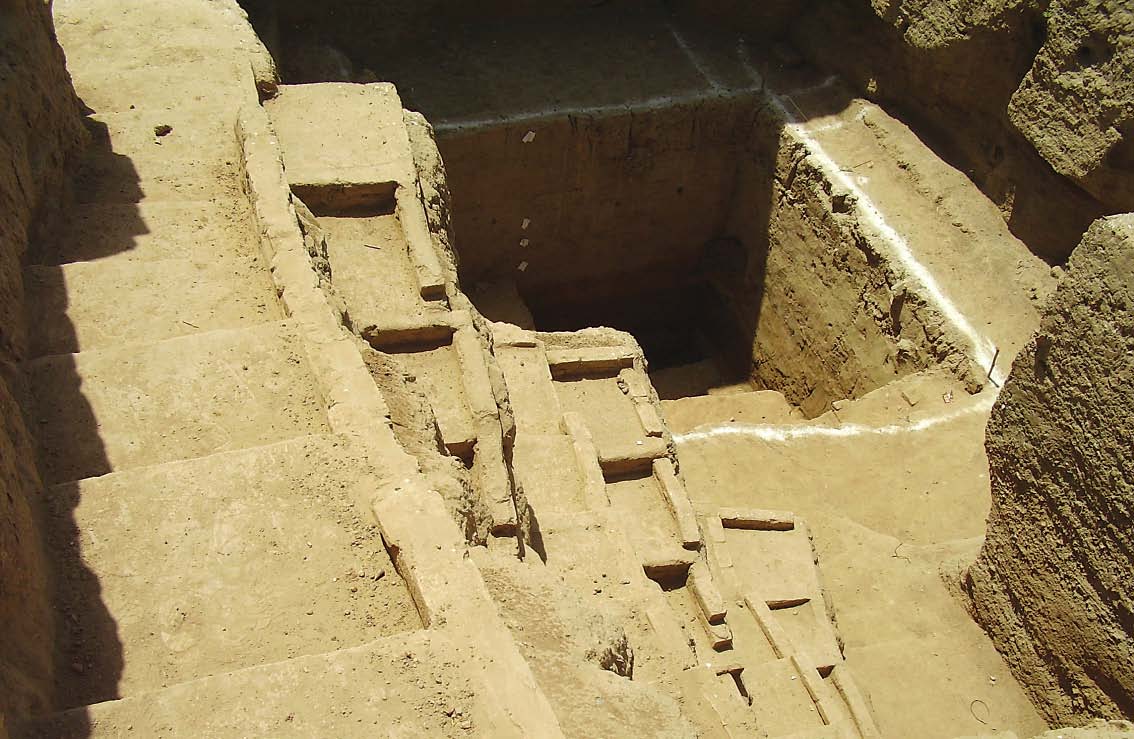
Archeologists say that the city of Peshawar may be around 2,500 years old. The University of Peshawar (UoP) and K-P Department of Archeology performed a recent excavation at Gor Khatri, a prominent cultural landmark and the highest point of the city. The results suggest that Peshawar dates back to 300 BC, supporting claims that this city is among the oldest living cities in Asia.
Mohammad Naeem Qazi, an assistant professor of archeology at UoP, said that thus far the excavation has probed a depth of 48 feet. The excavation project was launched in 1994 by the former archeology chair, Dr Farzand Ali Durrani. The project’s aim is to better understand Peshawar’s history, said Qazi. “We have unearthed layers upon layers of history, that go uninterrupted at least 2,300 years back.”
The first layer of relics date back to the British era. Other relics have come from the Sikh, Durrani, Mughal, Sultanate and Ghaznvid periods. The latter, which followed Ghaznavi’s defeat of the Hindu Shahis, dates around 1,000 AD. Older remnants are from the White Huns, Kushans and Sassanids. There are even signs of Parthians, dating back to 100 AD.
“Below the Parthians lie the remains of the Scythians period, and there are also vestiges of Indo-Greeks, known as Bactrian Greeks, that ruled this region around 200 BC,” Qazi said. In this dig, archeologists have found little from the Mauryan period, which pre-dates the Bactrians, although Mauryan relics have been found in the general area, indicating that Peshawar extends back some 2,300 years.
Among other items, the recovered relics include glazed pottery and other utensils, toys, grinding stones and over 40 coins.
“Peshawar has the sole distinction of being the oldest living city. It didn’t die, unlike Mohenjodaro and Harrappa. It has survived for two and a half millennia,” said Dr Abdul Samad, an archeological consultant for UoP.
Gor Khatri, where this excavation was carried out, is itself an important cultural landmark. According to Qazi, Zahiruddin Babar, the founder of the Mughal dynasty, mentions the hair-cutting ceremonies of Hindu yogis in Tuzak-e-Babri. Jehan Ara Begum, daughter of Shah Jehan, also built an inn at this site, which was known as “the inn with two gates.” During the Sikh period, Paolo di Avitabile, the Italian mercenary governor of Peshawar, used the inn as a private residence. It became the police headquarters under British rule, and remained as such until 2004.
Gor Khatri is the stuff of real history but it also boasts myth and legend. In his 20th century history of Peshawar, Ahmed Hassan Dani wrote about a Chinese ruler who tried to take the Buddha’s famous alms-bowl by force. However, the bowl refused to budge, even when hitched to a carriage drawn by eight elephants.
Published in The Express Tribune, June 10th, 2011.


1719211536-0/BeFunky-collage-(81)1719211536-0-165x106.webp)














COMMENTS
Comments are moderated and generally will be posted if they are on-topic and not abusive.
For more information, please see our Comments FAQ